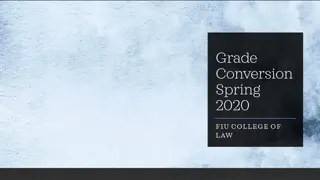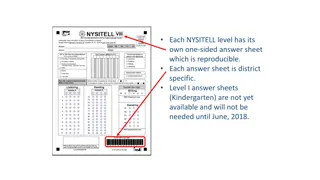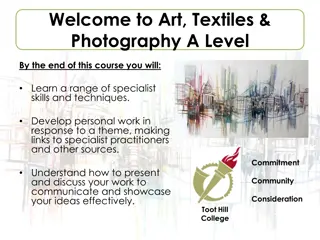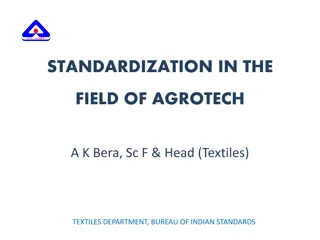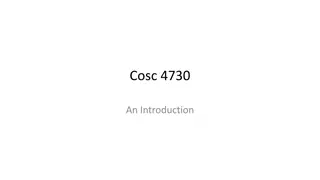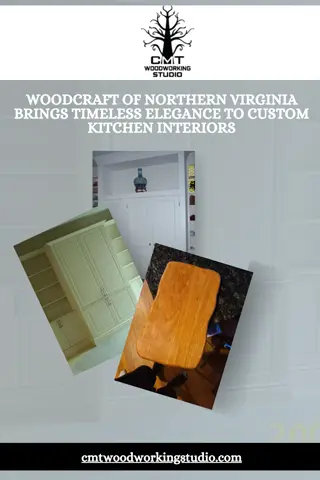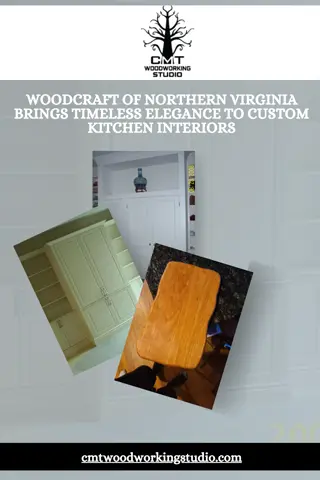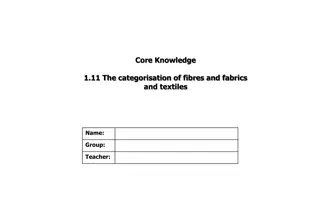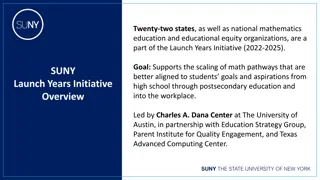A Level Textiles FAQs Answered: Studio Access, Course Requirements, University Pathways
Gain insights into utilizing textiles studio facilities, pursuing A Level Textiles without GCSE background, recommended A Level subject pairings, and universities A Level Textiles students have progressed to. Understand the opportunities, requirements, and pathways in the field of textiles education and career advancement.
Download Presentation

Please find below an Image/Link to download the presentation.
The content on the website is provided AS IS for your information and personal use only. It may not be sold, licensed, or shared on other websites without obtaining consent from the author.If you encounter any issues during the download, it is possible that the publisher has removed the file from their server.
You are allowed to download the files provided on this website for personal or commercial use, subject to the condition that they are used lawfully. All files are the property of their respective owners.
The content on the website is provided AS IS for your information and personal use only. It may not be sold, licensed, or shared on other websites without obtaining consent from the author.
E N D
Presentation Transcript
A LEVEL TEXTILES ANSWERS TO FREQUENTLY ASKED QUESTIONS
Can I use the Textiles Studio and access facilities on my study day and during my free study periods? You are most welcome to work in the textiles classroom/studio any time you like as long as there is room for you. Very occasionally we might be using the sewing machines to capacity in class or there may be a lecture taking place. During these times it may not be possible to use the room. We do however have sewing machines in other classrooms in the department and you could work in the Art & Design study room or the Print room. You will never be turned away when you want to progress with your work. It is whole heartedly encouraged. We also have highly trained and experienced technicians to help and support you when your tutors are not available due to teaching.
Can I still study Textiles at A Level if I did not take Textiles at GCSE? Yes, of course. We would simply ask you to produce a task to ensure your ability/suitability for the course. This is a drawing task; one simple line drawing concentrating on shape and proportion, the other a shaded drawing. Once you have submitted this task and your work has been approved, then you will have your place saved on the course. You will not feel disadvantaged by not having studied textiles previously as we teach everything you need to know from the start, including how to use a sewing machine. Interest , enthusiasm to learn and excitement about the course, from looking at the work of previous students, are evidence that you are choosing the course for the right reasons. It is very important that you really enjoy this subject, as this comes across in your work and so helps to achieve high grades.
Which other A Level subjects go with Textiles? Do you recommend any other subjects to go alongside Textiles? It is most important that you choose the subjects that you enjoy most and that you are good at, when choosing your A Levels. As these subjects will help you to achieve the highest grades for your University of choice. If you were struggling to decide as you may be equally good at all your subjects then to support Textiles you could choose; Business Studies, Modern Foreign Languages, English, Psychology, Media Studies or another Art subject Fine Art, Photography, Graphics, 3D. After A Level Textiles some students choose to study a one year Foundation Diploma in Art and Design to help them to decide which area of Fashion/Textiles/Interiors they want to go on to study at University. You can do this also at Runshaw College.
Which Universities have A Level students gone on to after Textiles at Runshaw? Central St Martins (requires a Foundation Course after A Levels) London School of Fashion Kingston Chelsea College of Arts Manchester Metropolitan Nottingham Trent Edinburgh Northumbria De Montfort Loughborough Leeds Huddersfield Liverpool Westminster
What career could I go on to after studying A Level Textiles at Runshaw College? There are many and varied areas to specialise in from initially studying A Level Textiles. Careers available to you, depending on your choice of University course, include: Fashion Designer (Womenswear, Menswear, Childrenswear, Sportswear, Shoe Design, Accessory Design), Costume Design for films, theatre and TV, Textile Designer (Interiors fabrics, Wallpaper, Carpets, Fashion fabrics), Fashion Illustrator, Fashion Buying/Merchandising, Fashion Business and Retail, Fashion Management, Styling, Promotion, Trend Forecasting, Visual Merchandiser, Journalist, Advertising and Marketing, Textile Technology, Manufacturing, Pattern Cutter/Grader, Garment Technologist. Check out this website for more information on career possibilities; www.textileshotline.co.uk
What happens if I am not confident with my drawing skills? Do not worry if you do not feel confident with your drawing ability, we can teach you how to develop your skills without the stress. Initially for your first project we take photographs of our research and then trace from these to develop our textiles samples. As the weeks progress we further work from these photo s and teach you how to use them as a basis for your analytical drawings. You will be helped and supported throughout this and will not feel any pressure when developing your drawing skills in textiles. We also have fun and creative ways to develop our fashion illustration skills. Above all, do not worry!
PLEASE DO NOT HESITATE TO CONTACT ME BY EMIAL PLEASE DO NOT HESITATE TO CONTACT ME BY EMIAL (BELOW) WITH ANY FURTHER QUESTIONS. THANK YOU. (BELOW) WITH ANY FURTHER QUESTIONS. THANK YOU. Have a great summer. Good luck with your results and I look forward to seeing you in September. Debra Taylor Course leader A Level Textiles. taylor.d3@runshaw.ac.uk





